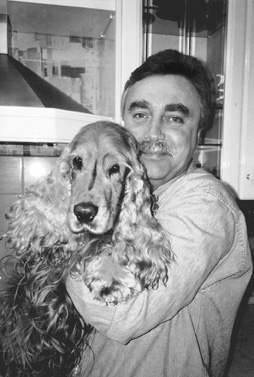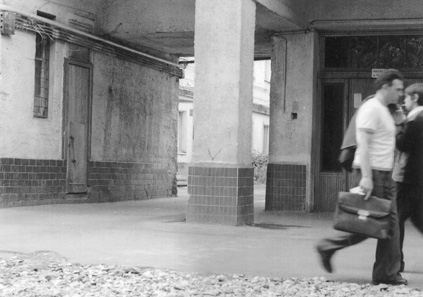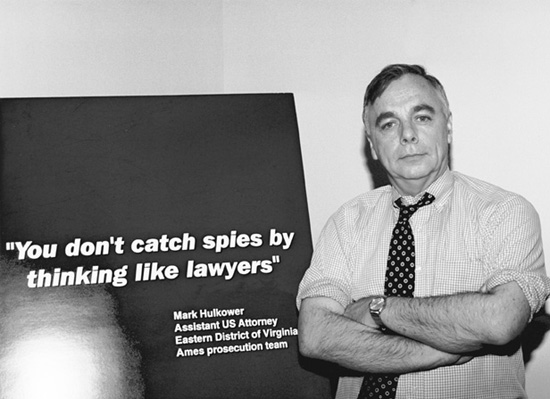
THE MAIN ENEMY
THE INSIDE STORY OF THE CIAS FINAL SHOWDOWN WITH THE KGB
MILT BEARDEN
AND
JAMES RISEN

CONTENTS
PART THREE
ENDGAME
PART TWO
THE COLD WAR TURNS HOT IN AFGHANISTAN
PART ONE
THE YEAR OF THE SPY
ENDNOTES
Dogs, do you want to live forever?
FOREWORD
The Main Enemy is the first comprehensive history of the climactic secret battles between the CIA and the KGB in the closing days of the Cold War, when the Berlin Wall fell and the Soviet Union imploded. Beginning with the watershed Year of the Spy in 1985 and following through to the collapse of the Soviet Union, the book chronicles the major espionage engagements between the CIA and KGB through the eyes of the spies who fought them.
This is the story of the lives and careers of the generation trained as spies in the shadow of the Cuban missile crisis, who took charge at the CIA and KGB just as Ronald Reagan and Mikhail Gorbachev rose to power in the 1980s and then suddenly found themselves at the center of a maelstrom of historic change. Many of the CIA and KGB officers who faced off in the Cold War have returned to civilian life. And like their fathers, the combat veterans of Normandy and Stalingrad, they have much to remember.
The Main Enemy is the product of a unique experiment, an effort by a CIA insider and an outside journalist to combine forces to write a more revealing and human narrative than either could on his own. This truly was a collaborative project, but the authors also adhered to a strict division of labor in order to abide by certain rules imposed by the CIA on its former officers. As required under CIA regulations, Milt Bearden submitted his portion of the manuscript to the CIA for prepublication review, and then he made redactions requested by the agency. Those redactions were modest and did not affect the story being told.
James Risen did not submit his portion of the book to the CIA for prepublication review. In order to provide a consistent narrative tone, Milt Bearden is referred to in the first person throughout the book, even in those sections of the book written by James Risen.
The book is based on hundreds of interviews conducted over the course of three years with dozens of CIA and KGB officers on either side of the divide. Where there is dialogue in the book, it corresponds to the specific recollections of one or more of the people present in the room. Beyond this, we have taken the liberty of reconstructing several CIA cables. With the exception of an excerpt from one, these are not actual cables but are reconstructions by Milt Bearden based on his thirty years of reading and writing CIA cables; they are similar in tone and language to the real cables sent in each instance.

Paul Stombaugh and his son in Moscow, 1985.

The taxi phone on Kastanayevskaya Street in the Moscow suburbs where Paul Stombaugh was ambushed in June 1985.

Vladimir Sharavatov, the Seventh Directorate surveillance supervisor who was involved in most of the KGB arrests of American spies depicted in this book.

The U.S. embassy in Moscow (center foreground), with the spires of Adolf Tolkachevs apartment building in the background.

Viktor I. Cherkashin, the Line KR chief in Washington who handled Aldrich Amess walk-in and the letter in which Robert Hanssen volunteered to spy for the KGB. (Courtesy of Jacqueline Mia Foster, Contact Press Images)

Major General Rem S. Krassilnikov, chief of the First Department of the KGBs Second Chief Directorate, 1985.

Krassilnikov in 1999, at the site where Leonid Polyshchuk (GTWEIGH) was ambushed in August 1985. (Courtesy of Jacqueline Mia Foster, Contact Press Images)

Burton Gerber, chief of the SE Division, 1984-1989.

Valentin Klimenko, Krassilnikovs deputy and later chief of the FSB, the successor organization to the KGB Second Chief Directorate. He is now the Rezident in Israel.

Aleksandr Sasha Zhomov, aka Phantom, aka PROLOGUE, at home with his spaniel in 2001.

A Moscow signal site being read by a Moscow case officer in a drive-by. Note the V mark on the pillara signal from a Soviet agent that an operational task has been carried out.

Jack Platt, chief of the SE Internal Operations course, 1987.

Paul Redmond, deputy chief of the SE Division and later deputy chief of counterintelligence, 1995.

Jack Downing, former chief in Moscow and Beijing and Deputy Director for Operations.

Next page























